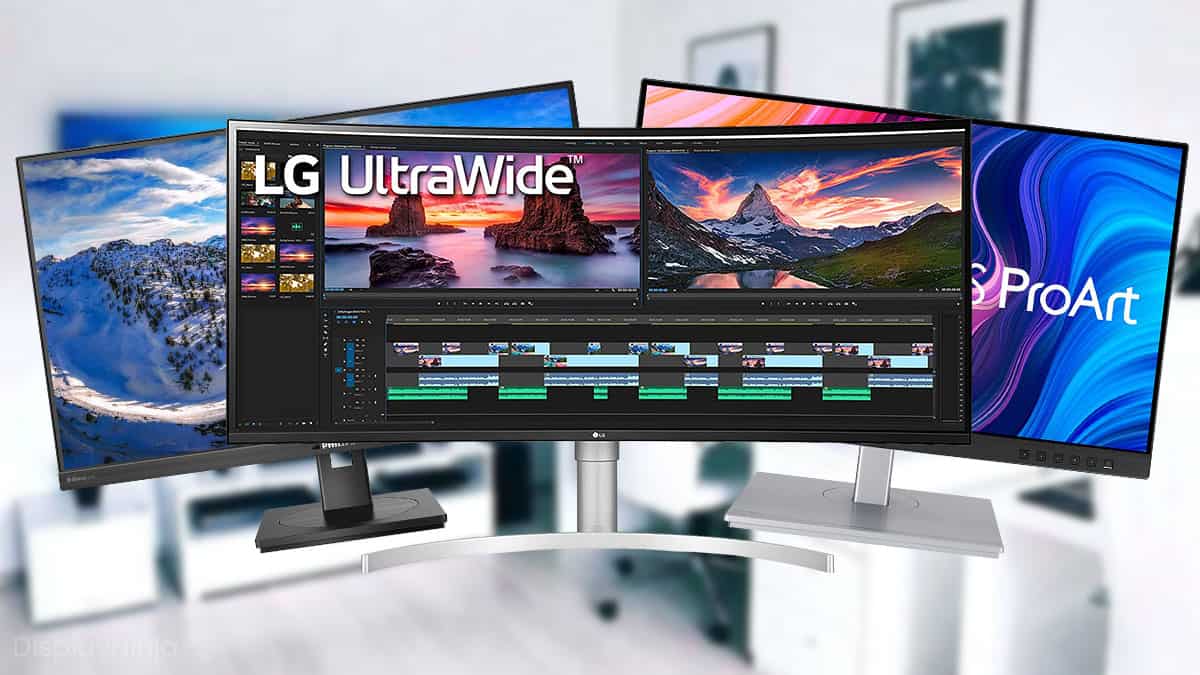

- BEST USB FOR MAC AND WINDOWS HOW TO
- BEST USB FOR MAC AND WINDOWS MAC OS
- BEST USB FOR MAC AND WINDOWS UPDATE
- BEST USB FOR MAC AND WINDOWS PATCH
Once the device is formatted as NTFS, you MUST use "Safely Remove Hardware" to remove your device. Therefore, it MAY decrease life expectancy of your device. NTFS is a journaled file system, this creates more read/write activities. Most Mac computers can read NTFS, but not write. Formatting the device as NTFS will make it unwriteable on a Mac computer. Right-click on the flash drive or memory card, then select Format.Ĭlick Here for Instructions to format with Mac NOTE: exFAT file system is NOT compatible with some host devices such as TV, game systems, older operating systems, car stereos etc.Ģ.
BEST USB FOR MAC AND WINDOWS PATCH
Older operating systems may need a patch installed for exFAT compatibility.
BEST USB FOR MAC AND WINDOWS MAC OS
Windows 7 and Mac OS 10.6.6 and higher are compatible with exFAT out of the box. This file system is also compatible with Mac. Formatting will delete all the data in your device.ĮxFAT file system that allows a single file larger than 4GB to be stored on the device. Formatting the flash drive as exFAT or NTFS will resolve this issue. Files larger than 4GB can NOT be stored on a FAT32 volume. It also doesn't require complicated ACLs and file attribution system like NTFS.This is due to FAT32 limitation. exFAT has no realistic file or partition size limits. exFAT is the preferred file format for flash storage drives that you share between Windows and Mac. This was designed by Microsoft to provide similar compatibility to FAT32 without the pesky limitations. Manufacturers like Seagate lets you read and write data interchangeably on Windows and Mac without formatting the external drive. You can only access drives formatted with HFS+ on Windows through third-party apps. Even if you’re using SSD as a Time Machine drive, it’s not compatible with APFS.
BEST USB FOR MAC AND WINDOWS UPDATE
If you have older Macs (pre–2016), particularly those too old to update to a recent version of macOS, choosing HFS+ will enable you to use your external drive with those machines.įor Time Machine backups, use MacOS Extended (Journaled) if it’s a mechanical hard drive or if you’re using macOS Catalina or earlier. If you bought a Mac between those dates, it shipped with macOS (or OS X, as it was known) installed on an HFS+ volume.

Mac OS Extended, also known as HFS+ (Hierarchical File System Plus), was the main file system used for Mac system storage from 1998 until APFS launched in 2017. Here are some of the best apps that read-write APFS on Windows. You can only access drives formatted with APFS on Windows through third-party apps. If you connect that disk to Catalina, Time Machine won’t recognize it.

Time Machine volumes formatted as APFS will only work with Macs running Big Sur or later. It’s fast, consumes less space, which means more room for backups, has greater resistance to data corruption, and copies cloned or sparse files efficiently. Time Machine backups to APFS are impressive when compared to HFS+. However, you won’t be asked this option for the already formatted HFS+ disk. On macOS Big Sur, Apple lets you format an external drive and choose APFS for Time Machine. An external SSD gives you the best performance over APFS, provided you don’t need to use the drive with other pre-Sierra Macs. If speed and convenience are your top priorities and cost is not an issue. Note: You’ll lose all the data in the external drive, make sure to back it up. Type in the disk name you want, then select your preferred option for both Format and Partition Scheme. Be sure to choose the device, not the volume or volumes it contains. In the sidebar, select the external storage device. Now choose View > Show All Devices to see the storage device at the top level, then the container, and finally any volumes that are in the container. In the left panel, you’ll see the listing of internal and external drives separately. For a Mac user, neither of these file systems is desirable. It’ll likely be already formatted, either for Windows (using NTFS) or for maximum compatibility (using FAT32). Once you’ve bought a new external storage drive, connect it to your Mac.
BEST USB FOR MAC AND WINDOWS HOW TO
How to Format Your Drive With Disk Utility Let’s look at the best file system formats to use for your Mac's external drive. With the Disk Utility app, you can easily format the drive, give it a label, or even partition it and create multiple volumes. Once you have it, your first task is to pick a suitable file system for that drive depending on your intended usage. The easiest way to add storage to your Mac is to buy an external hard drive.


 0 kommentar(er)
0 kommentar(er)
